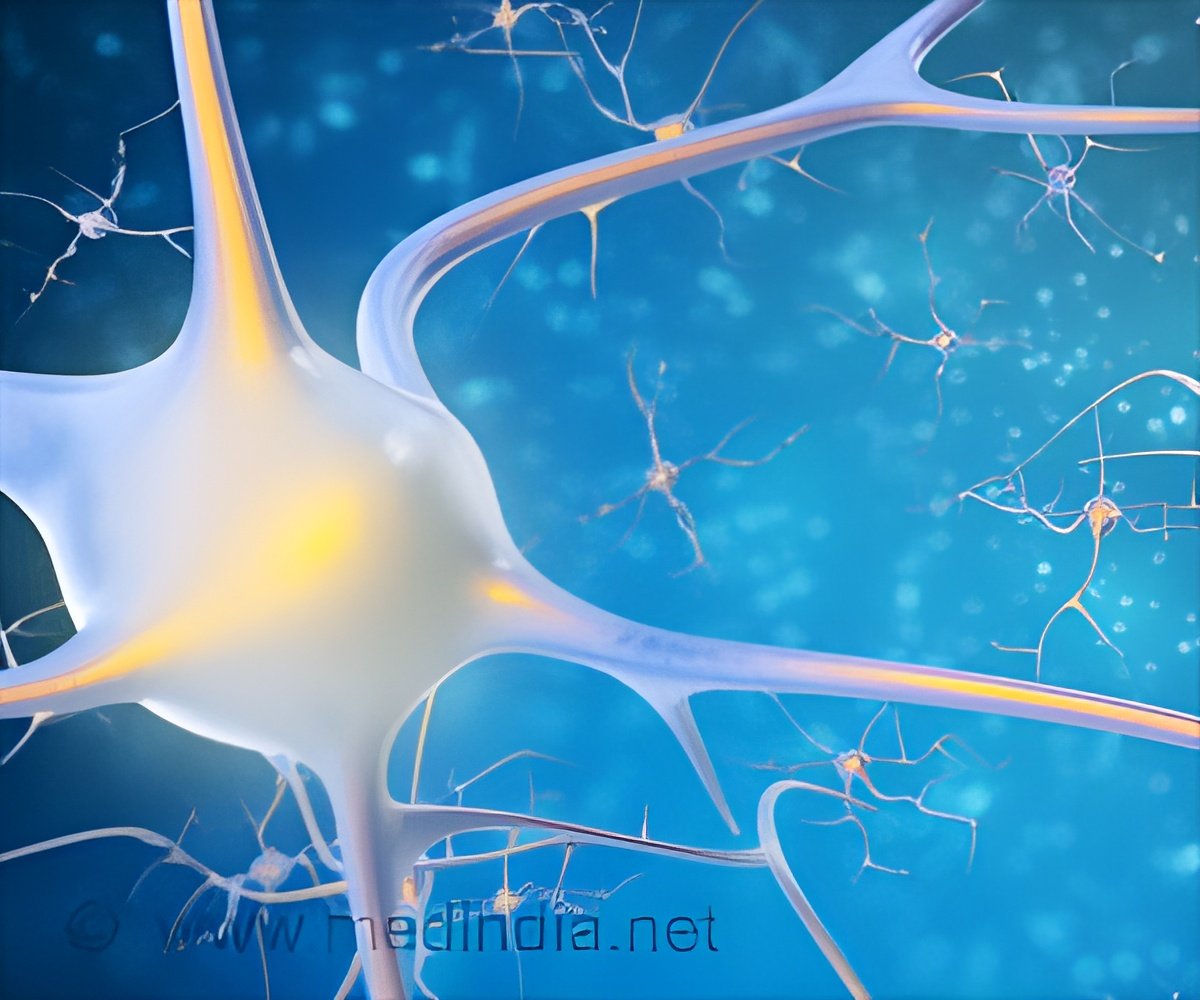
It is important because MS is apparently caused by misdirected immune cells that enter the brain and damage myelin-an insulating material on the branches of neurons that conduct nerve impulses, said researchers.
"The results were so dramatic that we ended up producing early evidence that this compound might be helpful as a drug for MS. The harmful immune cells were unable to gain access to the brain tissue, and the mice that received the highest dosage were protected from disease," said Robyn Klein.
Klein and her colleagues discovered a chemical stairway that immune cells have to climb down to enter the brain. Immune cells that exit the blood remain along the vessels on the tissue side, climbing down from the meninges into the brain where they can then cross additional barriers and attack myelin on the branches of neurons.
"The effect of immune cell entry into the brain depends on context. In the case of viral infection, immune cell entry is required to clear the virus. But in autoimmune diseases like multiple sclerosis, their entry is associated with damage so we need to find ways to keep them out," said Klein.
The stairway is located on the tissue side of the microvasculature, tiny vessels that carry blood into the central nervous system. The steps are made of a molecule called CXCL12 that localizes immune cells, acting like stairs that slow them down so that they can be evaluated to determine if they are allowed to enter the brain.
Advertisement
Klein also found that MS causes CXCL12 to be pulled inside blood vessel cells in humans and mice, removing the stairway's steps and the checkpoints they provide.
Advertisement
Work by another lab called Klein's attention to CXCR7, a receptor that binds to CXCL12. She showed that the receptor is made by the same cells in the microvasculature that display CXCL12. They watched the receptor take copies of CXCL12 and dump them in the cells' lysosomes, pockets for breakdown and recycling of molecules the cell no longer needs.
Klein contacted researchers at ChemoCentryx, who were developing a blocker of the CXCR7 receptor as a cancer treatment. When they gave it to the mouse model of MS, immune cells stopped at the meninges.
The findings have been published in The Journal of Experimental Medicine.
Source-ANI














